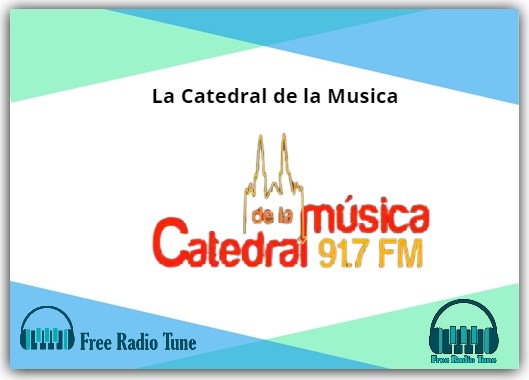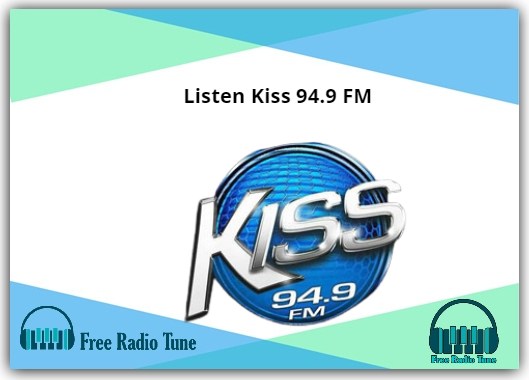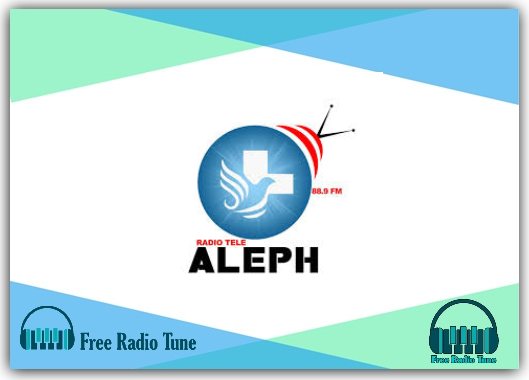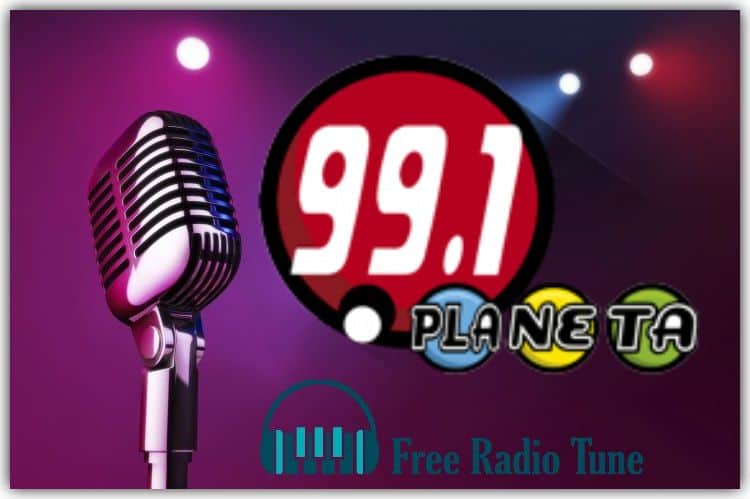Radio Needs to “Solve for Greater Challenges”:
Here’s an interview we share from the recent Radio World eBook “New Directions in HD Radio.”
Paul Brenner is president of the Broadcasters Traffic Consortium, a coalition of more than 30 U.S. and Canadian broadcast groups that sells data delivery capacity to third parties such as HERE Traffic using member stations’ HD Radio Data Services and analog RDS-TMC subchannels. Brenner works at Emmis Communications, the BTC founding member, and is president of its wholly owned subsidiary NextRadio/TagStation. He is vice chair of the North American Broadcasters Association, where is acting chair until mid-2018.
Radio World: What is the most important next step for the HD Radio platform or the biggest question radio executives should watch for in 2018?
Paul Brenner: The range of consumer options inside the vehicle is accelerating and will cause more fragmentation. Effects on in-car radio listening are inevitable.
HD Radio and broadcast radio listening in general should be looking well beyond simplistic things like consistent radio tuner dashboard experience and solve for greater challenges. Broadcast radio needs to consider the choices and methods that consumers have and will continue to gain, and reinvent the interface for consuming broadcast radio and the content they consume. For example, exposing HD Radio multiple audio channels as well as our work with the Broadcaster Traffic Consortium and HERE Traffic services. BTC is enjoying immense year-over-year growth because the digital data services are helpful to the customer.
RW: In your role at the Broadcasters Traffic Consortium, what would you like to see next for HD Radio?
Brenner: Two things.
Find ways to make the technology cheaper for broadcasters and automakers. Over time, the cost of technology must go down to drive adoption and remain competitive to newcomers. With the changes in the car, HD Radio is being challenged to compete against new business models and technologies.
Paul Brenner
RW photo by Jim Peck
Broadcasters need to reinvest in the technology. Versions have improved. Equipment has aged. Given the amount of time it has taken to launch in-car solutions both versions and equipment need reinvestment across all markets.
RW: How relevant is HD Radio now in the car environment?
Brenner: Relevancy depends on the services and automaker because, like mentioned earlier, the rate of change and new services in a dashboard is rapid. Anyone can see the ongoing evolution towards all-electric, semi or fully autonomous vehicles, AndroidAuto or Carplay integrations. A matrix of choices is being, considered, planned or implemented by automakers. HD Radio, like broadcast radio, is facing stiff challengers with aggressive plans to take our consumers. Broadcast radio needs to have solutions showing why we are still relevant. With BTC/HERE Traffic services, the relevance is actually growing as we use the mass market capability of broadcast digital radio to provide a utility service everyone wants over the most efficient way to access.
RW: What about in mobile devices or the home? It feels like uptake there stopped, compared to the car.
Brenner: I am not aware of any uptake for HD Radio in mobile handset or home devices.
RW: You’ve taken an active role at the North American Broadcasters Association, so you have a grasp on developments in Canada. Assess the interest in HD Radio there.
Brenner: HD Radio adoption in Mexico and the United States have been the primary driver behind the interest by Canadian broadcasters. Readers should recall a previous attempt at DAB by Canadian broadcasters that made major investment but eventually ended with no receiver adoption. Because of this history, Canadian broadcasters move forward cautiously and carefully.
While I see certain revenue-generating aspects of HD Radio being pursued, such as Canada broadcast stations adding HD Radio for the Broadcaster Traffic Consortium HD Radio data services, and some testing of HD multicast for AM simulcasting, new station activations will be slower than the U.S.
One issue is that Canadians are more sensitive to interference and FM complaints. At any sign of either, their action is shut down HD until the problem is solved, versus the U.S. where you would typically see a reduction in power until solved as opposed to shutoff. On the content side there continues to be some debate about CRTC [The Canadian Radio-television and Telecommunications Commission] policy that could have an impact on mandating competitive content on multicast channels. Both ISED [Innovation, Science and Economic Development Canada] and CRTC seem to be supportive of HD Radio and providing the permissible actions allowing broadcasters to proceed. Broadcaster caution will continue to be the governor on adoption.
An image from wireless tech company Parrot gives a sense of the environment that media companies now compete in for the car.
Parrot
RW: What role do you see in future for HD Radio single-frequency networks?
Brenner: I know there are technical debates about HD Radio SFN, and I am not informed enough to discuss those items. Historically speaking though, analog alternative frequency (AF) technology never led to any level of significant adoption or use outside of Europe. Europe’s use of multiple lower-powered transmission sites for national coverage is a better application of SNF. U.S. radio now has so many variations on coverage — AM/FM/HD, translators, boosters, HD multicast — SFN would be difficult to bubble up as a valued and interesting proposition.
RW: What other technical issues are you watching with digital radio, wearing any of your hats — Emmis, NextRadio, BTC or NABA?
Brenner: My exposure through NextRadio and BTC to what is being planned by automakers and handset makers between two and five years into the future shows me that the radio industry must be working together on common solutions for both mobile devices and automotive technologies. I am not referring to streaming, as that is not a business that can produce the audiences and revenue to sustain.
Broadcast radio has many benefits to the consumer, and the products we build and program must change with the times. For example, considering the move towards fully digital cars and devices, how do we as an industry justify the extra cost for analog support? Just to geek out for a minute, what if a smartphone or a car no longer had any analog capability or willingness to build for interference issues? What will we have done to prepare for that argument and justify the work and investment to keep broadcast radio as an option?
There are things we must be doing right now to prepare for that discussion; and the discussion needs to be now.
Source: radioworld












Leave a Reply